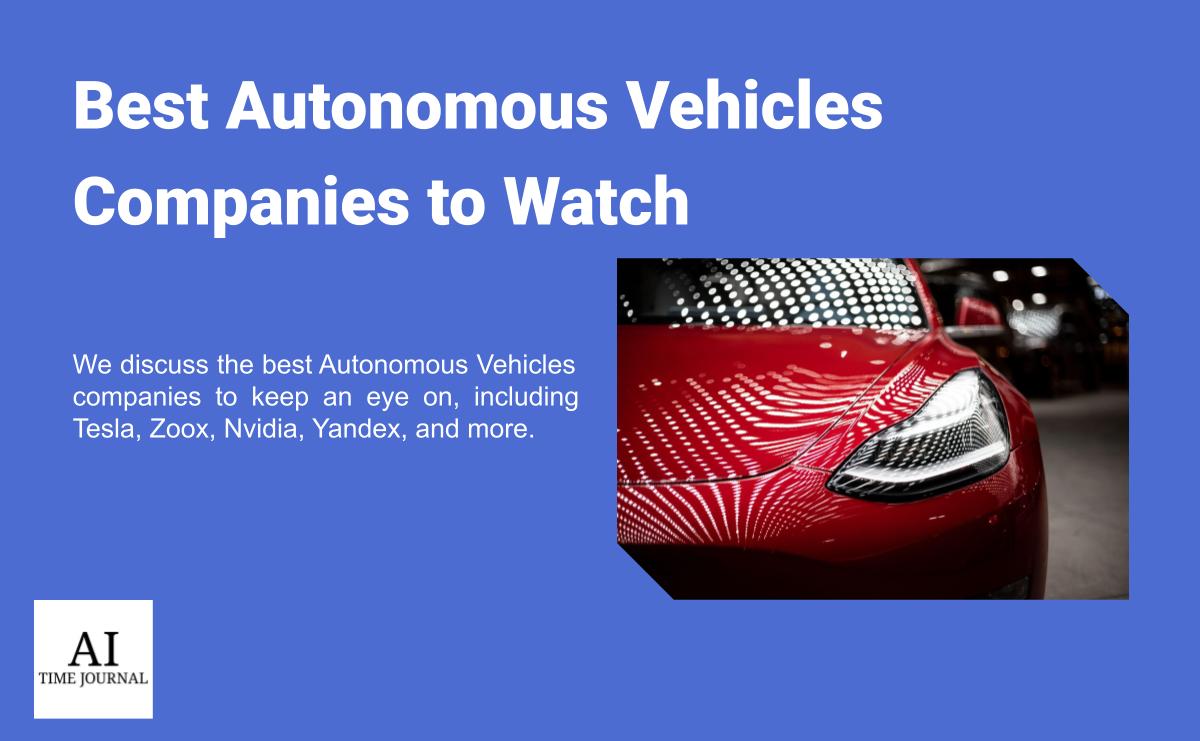Buzz Haven: Your Source for Trending Insights
Stay updated with the latest buzz in news, trends, and lifestyle.
The Road to Nowhere: Navigating the Future of Autonomous Vehicles
Explore the thrilling future of autonomous vehicles and uncover what lies ahead on the road to nowhere. Buckle up for the ride!
The Promise and Perils of Autonomous Vehicles: What Lies Ahead?
The promise of autonomous vehicles lies in their potential to revolutionize transportation, offering increased safety, efficiency, and accessibility. Studies suggest that automated driving technology could reduce road accidents caused by human error, which accounts for approximately 94% of all crashes. Furthermore, these vehicles can enhance mobility for the elderly and disabled, providing them with greater independence. With the integration of advanced AI and sensor technologies, autonomous vehicles are poised to transform urban landscapes, potentially decreasing traffic congestion and emissions. As cities adapt to these innovative modes of transport, the societal implications could be profound, paving the way for smarter, more sustainable urban living.
However, the perils associated with autonomous vehicles cannot be overlooked. Concerns about cybersecurity, liability in accidents, and ethical dilemmas arising from decision-making algorithms present significant challenges. Moreover, the transition period where both human-driven and autonomous vehicles share the road may lead to increased risk as unpredictable human behavior complicates the deployment of these technologies. Regulatory frameworks must evolve to address these issues, ensuring safe integration into public transportation systems. As we navigate these complexities, it is essential for stakeholders to prioritize safety, ethics, and the well-being of all road users in the pursuit of a future characterized by autonomous mobility.

How Will Autonomous Vehicles Impact Our Daily Lives?
The advent of autonomous vehicles is set to revolutionize our daily lives in numerous ways. As these self-driving cars become more prevalent, we can expect a significant shift in transportation dynamics. For example, individuals who are unable to drive due to age, disability, or lack of a valid driver's license will gain newfound independence. This increased accessibility will likely lead to improved mobility for the elderly and disabled, allowing them to participate more fully in community life.
Moreover, the introduction of autonomous vehicles could drastically reshape urban planning and the way we commute. With self-driving cars capable of communicating with each other and traffic management systems, the potential for reduced traffic congestion and lower accident rates becomes a reality. Additionally, as personal vehicle ownership declines in favor of ride-sharing services, city spaces can be reimagined. Parking lots could be converted into parks or residential areas, fostering a more sustainable and livable environment.
Navigating the Legal Landscape: Regulations for the Future of Self-Driving Cars
The rise of self-driving cars represents a seismic shift in the automotive industry, prompting regulators to rethink existing legal frameworks. As these autonomous vehicles gain traction, it becomes crucial to understand the regulations that govern their deployment. Key aspects include strict adherence to safety standards, data privacy concerns, and liability issues in the event of accidents. Legislative bodies worldwide are actively drafting new laws that address these complexities, emphasizing the need for a comprehensive approach that balances innovation with public safety.
In the evolving landscape of self-driving technology, several regulations will be pivotal in shaping its future. For instance, many jurisdictions are implementing frameworks that assess the testing and operational protocols of autonomous vehicles. Government agencies are also focusing on the ethical use of AI and machine learning in these cars, ensuring they are programmed to make decisions that prioritize human safety. As self-driving cars become integral to our transportation networks, staying informed about these legal developments will be essential for consumers, manufacturers, and policymakers alike.